Table of Contents
- 🎯 Too Long; Didn’t Read
- Planning the trip
- When to go
- Route structure options
- Travel duration
- Practical tips
- Budget framework
- Core routes and must-see stops
- Western Great Lakes (Illinois, Wisconsin, Minnesota)
- Central Lakes (Minnesota to Michigan)
- Eastern and Southern Shores (Michigan, Ontario, Indiana, Illinois)
- Towns and experiences by theme
- Outdoors and scenic vistas: state parks, lighthouses, dunes, waterfalls
- Historic towns and architecture: lighthouses, maritime museums, old harbors
- Food and drink: regional specialties (cherry and wine trails, craft breweries, fried cheese curds)
- Family-friendly stops: kid-friendly museums, beaches, mini-cruises
- Hidden gems and low-traffic detours: lesser-known parks, small lakeside towns
- Accommodations and dining
- Logistics and safety
- Planning tools and resources
- ❓FAQ❓
- How can I handle potential weather disruptions?
- What should I know about accommodations and meals?
- Is a national park pass worth it for this trip?
Ultimate Great Lakes Road Trip Guide: Planning, Routes & Tips
🎯 Too Long; Didn’t Read
Planning a Great Lakes road trip? Set aside a week or two. Aim for late spring through early fall—that’s the sweet spot.
Skip the direct route. This drive loops, serving up constant scenery. You’ll tap into city vibes—Chicago’s hustle, Milwaukee’s charm—alongside untouched wilderness. Visualize Sleeping Bear Dunes. See Pictured Rocks’ cliffs.
- Be Flexible: Build in time for random stops. The weather here? It can switch gears in minutes.
- Plan Ahead: Ferries, like the one to car-free Mackinac Island, and places to sleep book up fast. Secure them well before peak season.
- Must-Sees: Prioritize the national lakeshores. Don’t skip the lighthouses. The best views are often from the coastal drives themselves.
- Pack Smart: Essentials include layers for shifting temps and a paper map for dead zones. If you’re crossing into Canada, have your documents ready.
- Budget: Factor in a 15-20% cost buffer. This covers lodging, food, gas, and park fees. Stuff adds up.
The Great Lakes circuit is a 7 to 10 day drive. You could stretch it longer. Start with Chicago’s hardscape skyline and Milwaukee’s chill bayside vibe. Then trade cityscapes for the raw terrain of Sleeping Bear Dunes and Pictured Rocks. Eat what the region produces. Find a spot to watch the sun drop over Lake Michigan.
Leave the main route for a bit; there are gems if you look. Weather here shifts on a dime, so pack layers. Build in time for unplanned stops. Let the rhythm of the water set your schedule.
Planning the trip
When to go
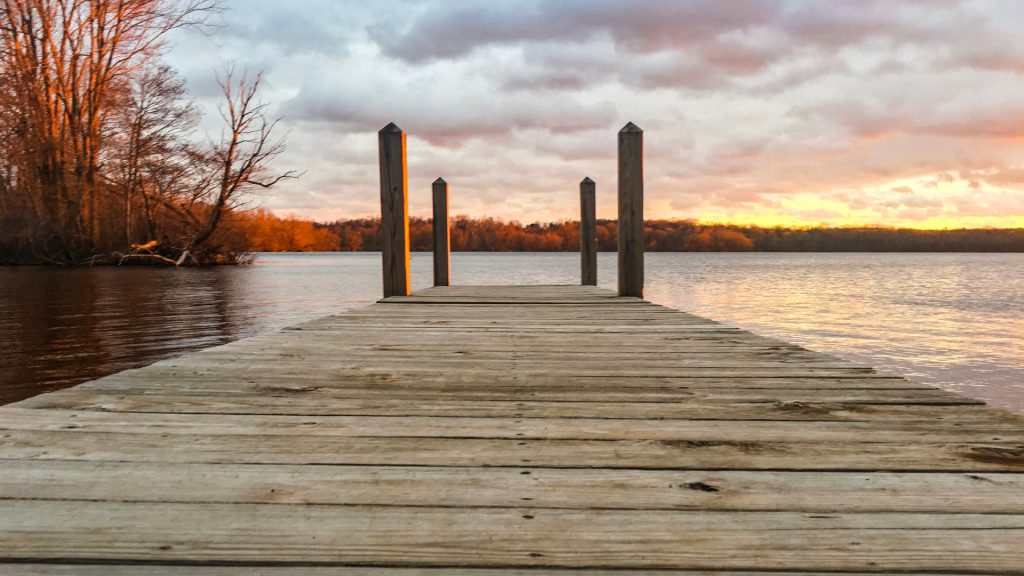
Time your trip for late spring through early fall. That’s when the lakes are at their best. Summers deliver classic beach days and festivals all the way from Chicago up to Mackinac. Come autumn, Wisconsin and Michigan just blaze with color, packed with harvest events.
Winter is a different game. Shift your focus to the indoors—museums, cozy lodges. Some roads become a real headache after heavy snow, so plan accordingly.
Build a flexible schedule. You’ll want to chase the best coastal winds, hit key festivals, and catch the peak fall colors. If your route includes Ontario’s Thousand Islands or Niagara Falls, remember to check border requirements and mark your calendar. And always be ready for the lake’s mood swings; the weather can shift in an instant along the shore.
Route structure options
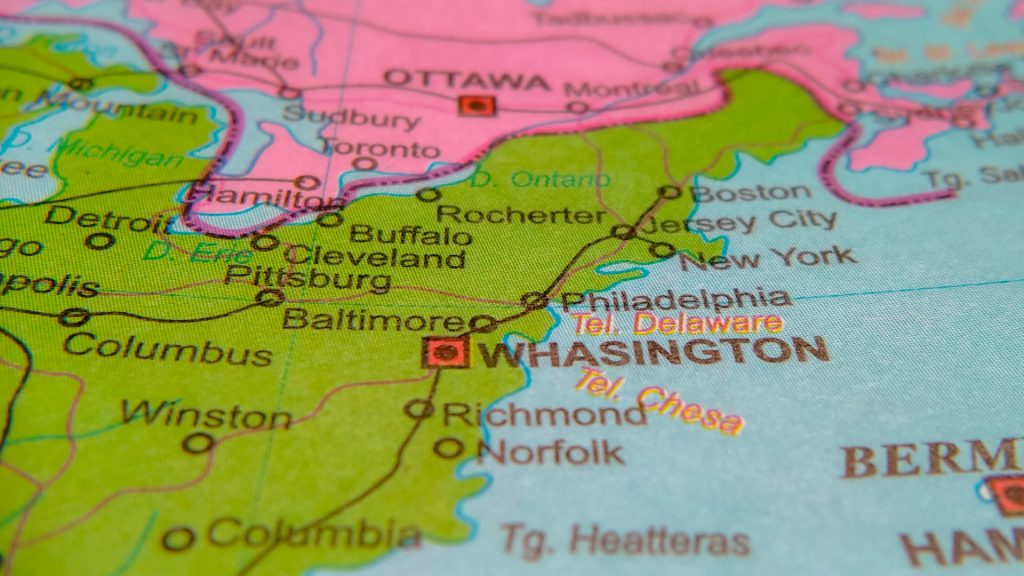
Here are route-structure options for a Great Lakes road trip:
- Clockwise loop: Launch from Detroit or Chicago. Track Michigan’s eastern coastline, hook around the southern bend, then push up through Wisconsin into Minnesota. The route’s upside? You get reliable sightlines from waterfront spots. Ferry coordination is less of a headache. The sequence is logical, a well-tested order. Downsides exist. Expect longer hauls between certain stops. Lakefront weather is fickle; conditions can turn on a dime.
- Counterclockwise loop: Start in Chicago or Milwaukee. Go north, following the Lake Michigan shoreline. Then swing west and south through the Upper Peninsula and Ontario’s edges. Upsides: Coastal views hit early. Weather might be milder at the start. Border planning is less messy. Downsides: Some inland stretches drag. Including Canada means more border hassle.
- Core hubs vs. extended detours: Pick hubs like Detroit/Chicago, Milwaukee/Duluth, Mackinac/Isle Royale. You’ll hit the key sights with less time on the road. For a fuller experience, add longer trips to Isle Royale, Pictured Rocks, or Niagara. This brings depth.
Travel duration
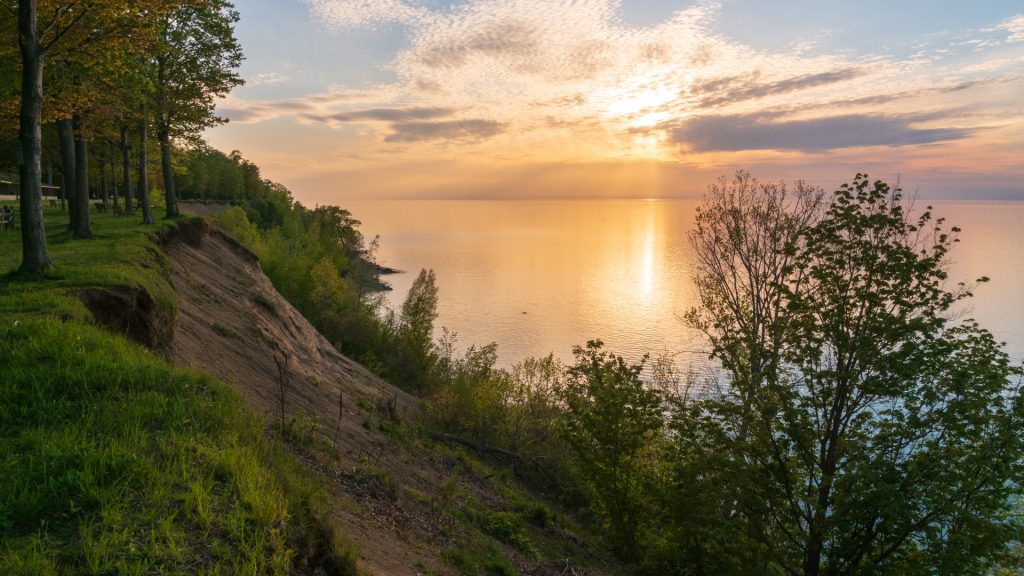
Here are travel-duration outlines for 7-day sampler, 10-day extended, and 14-day maximal Great Lakes road trips.
7-day sampler
- Focus: core highlights with logical inland-to-coastal flow
- Key stops: Chicago, Indiana Dunes, Michigan’s Water/Wyandotte coast, Sleeping Bear Dunes, Traverse City, Mackinac Island (charter or ferry), Mackinac Bridge return
- Pace: active but feasible, 2–3 long driving days, 1 full day for a major attraction
- Comfort: ideal for first-timers or a quick taste of the region
10-day extended
- Focus: deeper regional loops and detours
- Additions: Apostle Islands, Pictured Rocks or Tahquamenon Falls, Holland or Saugatuck, Door County, Duluth or Lord of the Lake routes
- Pace: balanced mix of driving and sightseeing, 1–2 overnight stays per region
- Benefits: richer lighthouse, park, and small-town experiences
14-day maximal
- Focus: full-circle circuit with Canada inclusion (where feasible)
- Additions: Niagara Falls or Thousand Islands (Ontario), more time in the Upper Peninsula, longer stays in Chicago, Milwaukee, and Cleveland
- Pace: slower days, more photo opportunities, flexible side trips
- Benefits: comprehensive exposure to Great Lakes scenery, culture, and varied climates
Practical tips
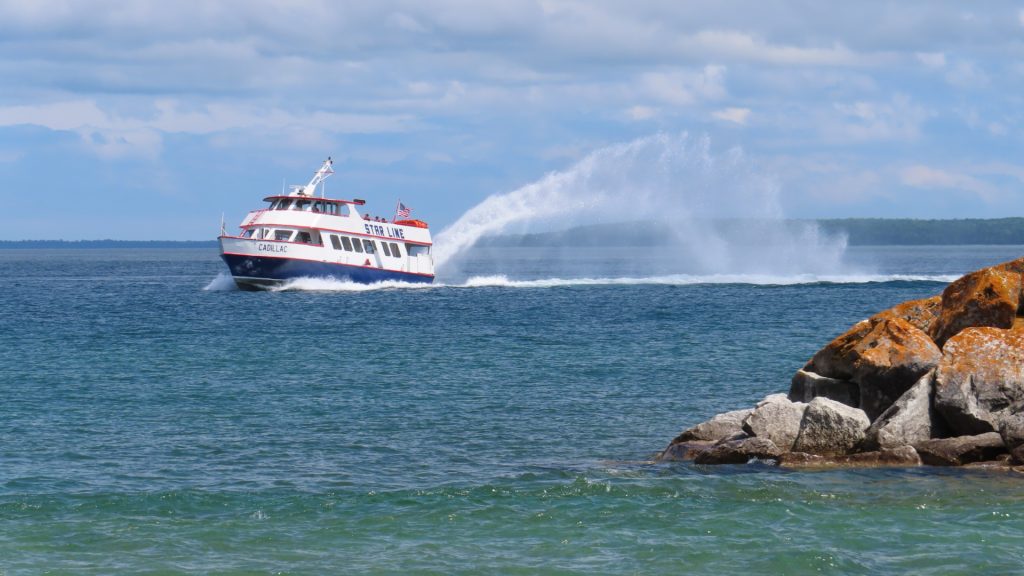
Here are practical tips tailored to a Great Lakes road trip, focused on driving distances, ferries, vehicle prep, and safety.
- Distances and pacing: On long driving days, aim for 6 to 8 hours behind the wheel. Mix in a couple shorter hops—2 or 3—for scenic routes. Map out your mileage to set daily targets, and always buffer for detours and photo ops.
- Ferry crossings: Got Mackinac Island or Isle Royale in your plans? Grab ferry tickets early. Check the operating seasons, carry-on rules, and possible weather delays. Have a backup route ready—crossings do get canceled.
- Vehicle prep: Check service fluids. Inspect tires and brakes. Don’t forget the spare. Confirm the cooling system and battery are good.
- For your kit: pack roadside essentials. Include spare water. Bring a reliable light with its own battery. Always carry a physical map. GPS can fail.
- Safety: Stay hydrated—it’s non-negotiable. Protect yourself from the sun. Know the risks: dunes can collapse, and shorebreaks are powerful. Always follow what the park rangers say; they enforce the rules for a reason.
- For border areas, paperwork is key. Have your ID, health card, and insurance details on you. Don’t get caught without them.
Budget framework

Plan on $80 to $150 a night for motels. Mid-range stays run $150–250. Expect a jump in price for Chicago, Toronto, or any Lakeside resort.
For food, a daily $35–60 per person covers casual eats. Budget $60–100, maybe more, for a splurge.
Time allocation matters. Parks need one to three nights. Urban hubs? Three to four nights.
Don’t forget passes. A US National Park pass covers many sites, but state parks often require their own permit. Canada’s Ontario parks function separately—check their fee structure.
Finally, factor in transport: fuel, maybe a ferry, plus paid attractions. Crucially, build a 15–20% buffer. This covers surprises and those seasonal price hikes.
Core routes and must-see stops
Western Great Lakes (Illinois, Wisconsin, Minnesota)
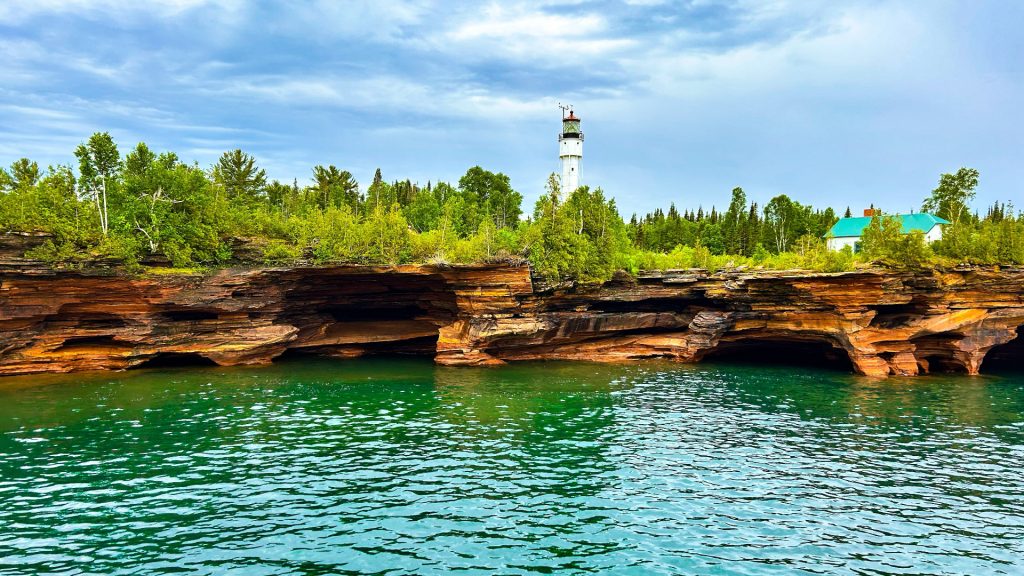
Start in Chicago. Its skyline dominates the lakefront. Then move north. Milwaukee’s industrial harbor offers a different vibe. Duluth presents raw cliffs against the water.
The route links urban energy with wilderness. Illinois provides manicured lakefront parks. Wisconsin shifts to the charm of Door County and a rugged North Shore. Minnesota continues this theme: more North Shore, plus the isolated Apostle Islands.
The journey covers several concepts. Cityscapes transition to lighthouse trails and massive dunes. Water-based adventures are central. Families find plenty of options in the parks.
Logistically, plot a loop through Illinois, Wisconsin, and Minnesota. Alternatively, trace the coast of Lake Michigan, then follow Lake Superior’s shoreline.
Remember the practicalities. Ferries to islands. Road conditions can be a problem outside summer. Check festival calendars for timing.
Central Lakes (Minnesota to Michigan)
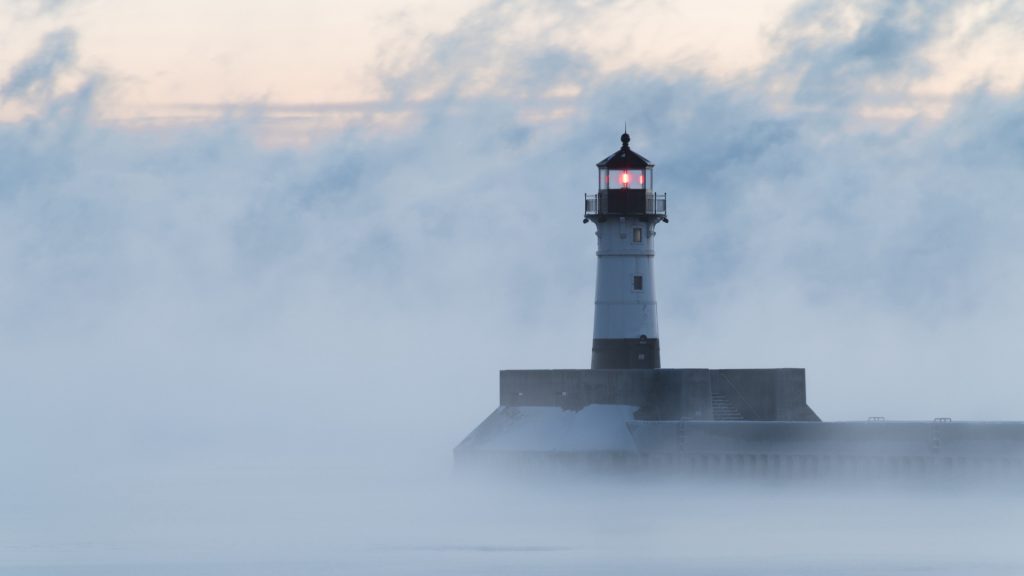
This route tracks Minnesota’s North Shore and Michigan’s Upper Peninsula coastline. Expect dense forests, thundering waterfalls, and vast lake horizons.
Start in Minnesota. See the Apostle Islands. Hit Duluth’s harbor and Canal Park. Then Michigan’s Upper Peninsula. Pictured Rocks and Tahquamenon Falls are essential. Isle Royale demands a trip. Wisconsin detours? They offer Door County lighthouses and raw Superior coastline.
The pace balances activity and downtime. You will hike trails, find overlooks, shoot the shoreline. Small towns provide rest between scenic drives.
Remember the logistics. Check ferry times. Note seasonal closures. Confirm border rules if Canada is part of the plan.
Eastern and Southern Shores (Michigan, Ontario, Indiana, Illinois)
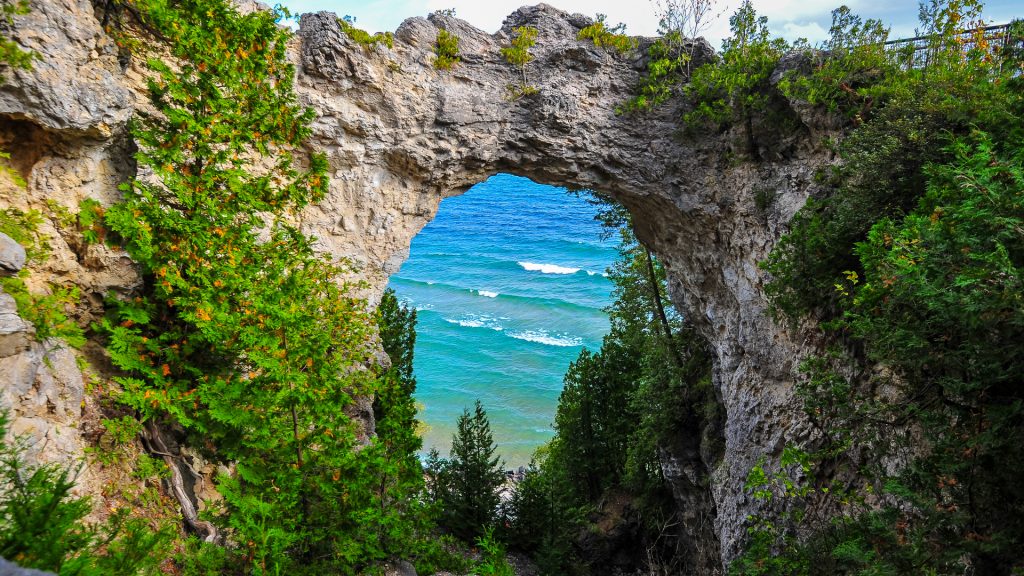
This route carves through Michigan, stretching into Ontario and Indiana. The draw: city waterfronts and massive dunescapes. Begin on Michigan’s southeast coast. A border hop into Ontario opens up detours to Niagara or the Thousand Islands. Loop back via the dunes of Indiana and Illinois’s lake towns, with Chicago as the finale.
Key stops involve ferries to car-free Mackinac Island, the epic views at Sleeping Bear, and Ontario’s wine country. Don’t miss Indiana Dunes National Park.
Spend a day exploring. Walk urban waterfronts, hunt for lighthouses, or hit a museum. Just remember the logistics. Border crossings take time. Check ferry schedules for island trips. Watch for seasonal road closures. Plan for that.
Towns and experiences by theme
Outdoors and scenic vistas: state parks, lighthouses, dunes, waterfalls
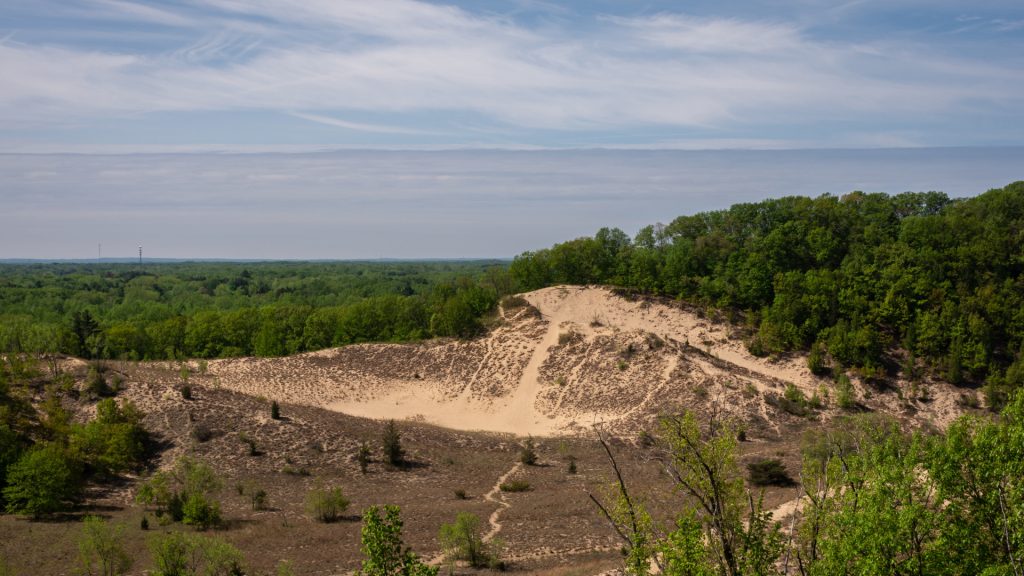
Western Great Lakes shorelines mix state parks, towering dunes, and lighthouse-dotted routes. Sweeping lake vistas define Wisconsin’s North Shore and Indiana Dunes. For higher perspectives, Minnesota’s Split Rock and Thorne Crest deliver from the clifftops. Lighthouses anchor the trip. Hit Michigan’s Whitefish Point or the Apostle Island beacons for killer sunrise shots and maritime history.
Then there are the dunes—Sleeping Bear, Warren Dunes. These are giant sandpits with simple hikes. The route also weaves past waterfalls and forested trails, like Pictured Rocks and Upper Peninsula cascades. Check for seasonal closures and ferry schedules. Pack layers; the lake wind is no joke. Stay aware and respect the protected habitats.
Historic towns and architecture: lighthouses, maritime museums, old harbors
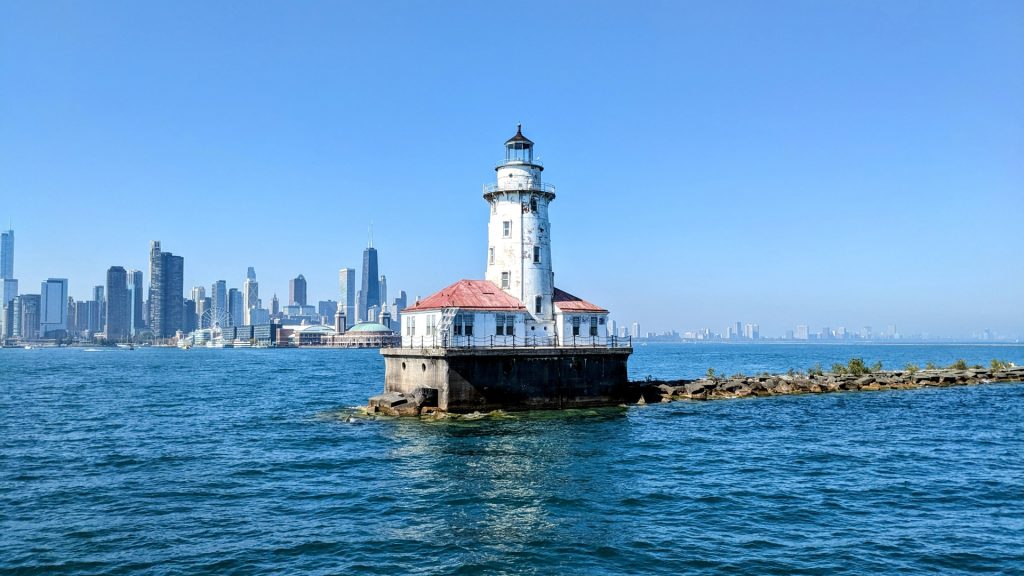
The towns hugging the Great Lakes have maritime DNA running through their streets. Chicago’s harborfront hits you with neoclassical and art deco power, a stark contrast to the timber-era charm preserved in places like South Haven and Ludington. Then you have the lighthouses. They’re not just pretty; they’re anchors. From Grand Island to the bluffs of Door County, they deliver straight talk on navigation and shipwrecks.
Dive deeper at the museums in Sault Ste. Marie, Alpena, or Duluth. They’re packed with the real stuff: wreckage pulled from the deep, cargo ledgers, and the tight quarters of a freighter’s crew. Many old harbors have gotten a new lease on life. Think boardwalks now, with cafes and galleries that make for a perfect evening stroll. A quick heads-up: sort your border paperwork if Canada’s the plan, and don’t mess with the preservation rules at the historic sites.
Food and drink: regional specialties (cherry and wine trails, craft breweries, fried cheese curds)
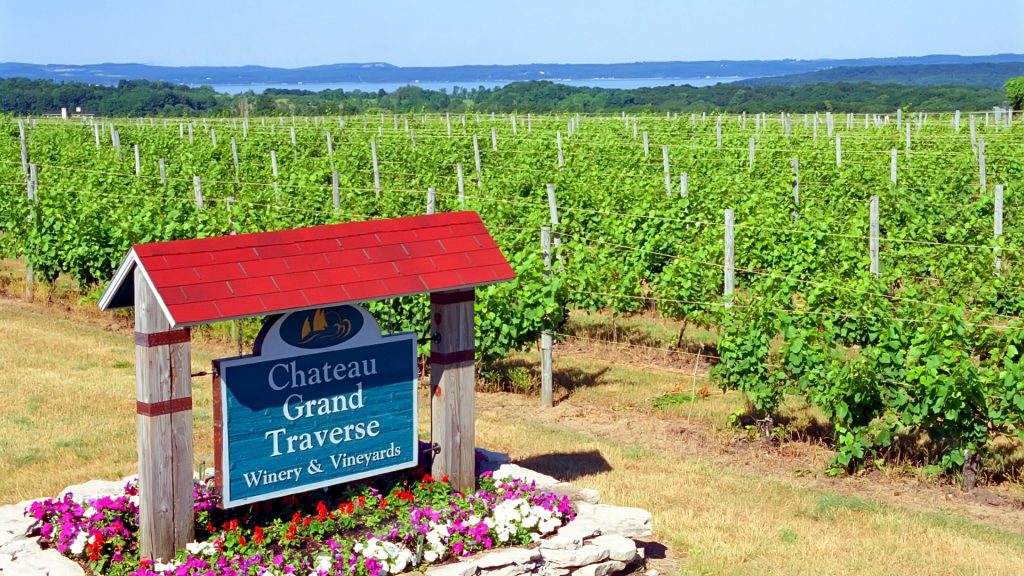
The Great Lakes region puts its real flavor on full display. Head to Michigan—Traverse City and up north—for cherry wine trails and orchard routes. Wisconsin is a craft beer scene with serious farm-to-table cred. Then you hit Illinois and Indiana. Think cheese curds, perfectly fried food, and casual riverfront spots. Ontario’s wineries cluster around Niagara and Prince Edward County.
Along the lakeshore, the menu features lake-perch and walleye. Don’t skip the Upper Peninsula’s pasty or the Midwest plains’ creamed corn. Grab a local brew or fruit wine. Order the fresh-caught whitefish. For the most authentic taste, stop at a seasonal market. Just pull over at a farm stand.
Family-friendly stops: kid-friendly museums, beaches, mini-cruises
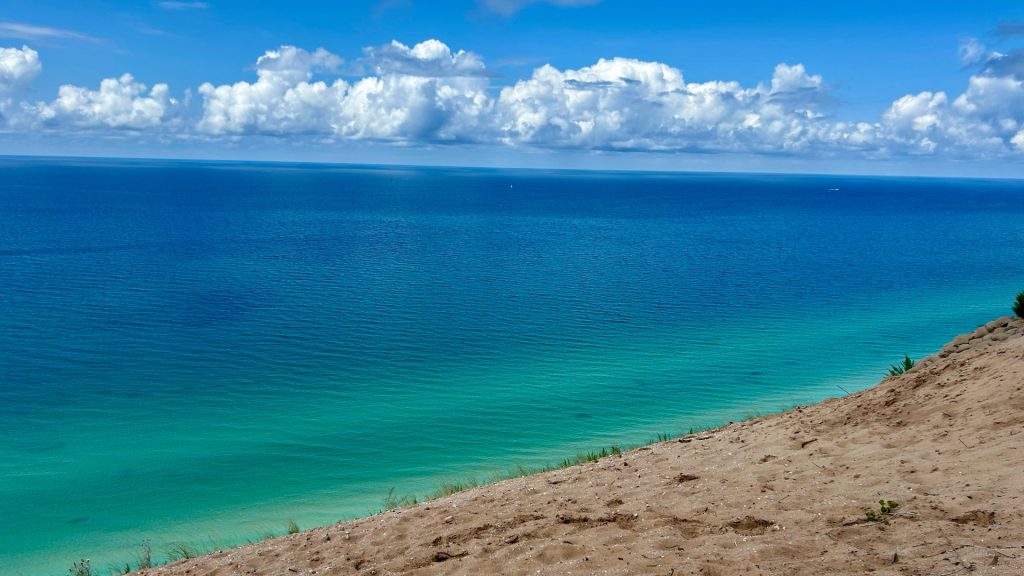
Hit the Great Lakes with kids? Ditch the rigid itinerary. You want a mix of learning and pure shoreline fun. In ports like Chicago or Cleveland, museums get it. They’re not stuffy. Think hands-on exhibits where maritime history and science actually click.
Then there’s the water. Lake Michigan and Superior beaches are the main event for a reason—shallow waters, soft sand, and lifeguards on duty. For a different view, hop a short harbor tour. These low-key boat rides offer a fresh perspective without chewing up the whole day.
On land, nature centers run programs that let kids get their hands dirty. Easy trails and lighthouse climbs stoke curiosity about how things work. Crucially, remember the basics: a solid playground or splash pad to blow off steam. Find eateries with flexible menus for picky palates.
Pro tip: schedule nothing. Build in downtime. The success of the trip often hinges on unplanned snacks and frequent pit stops.
Hidden gems and low-traffic detours: lesser-known parks, small lakeside towns
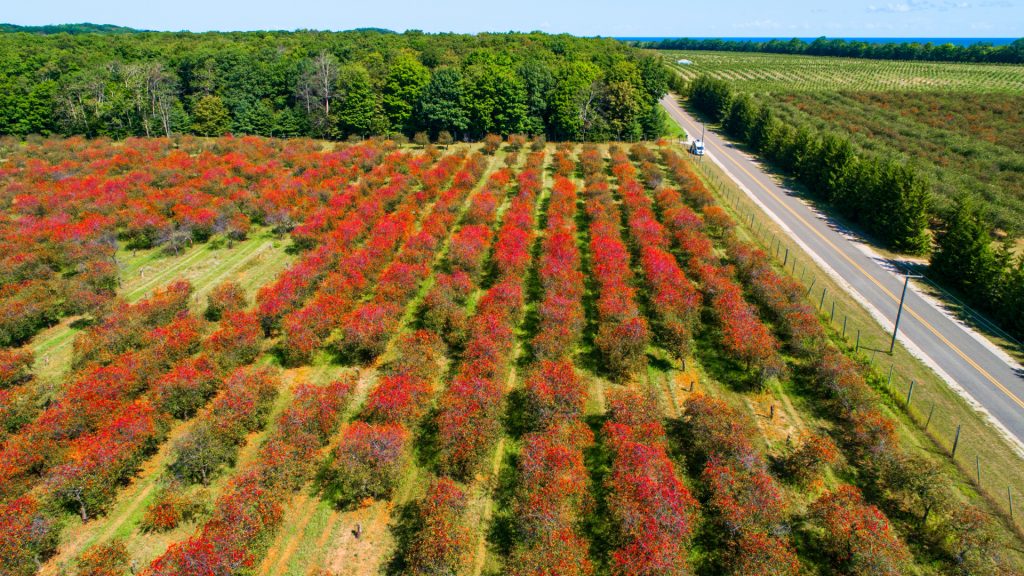
Skip the main drag. Target Michigan’s cherry belt for state parks that feel forgotten—just beaches that disappear into the trees and trails you’ll have to yourself. The real finds are in Wisconsin and Minnesota’s smaller harbors. Think cliff-top views, fragile dune systems, marinas where the water just slaps the docks.
Look for the towns everyone blows past on Lake Superior or southern Lake Michigan. They’re barely a dot on the map. A no-frills inn, a bakery that sells out by 10 AM, a ferry to a lagoon that doesn’t look Photoshopped.
These routes aren’t packed. The payoff is in the wandering, the freedom to just stop. You get the scenery without the circus. It’s all still there, just easier to actually see.
Accommodations and dining
Lodging runs from no-frills motels to mid-range hotels and boutique inns on the lake. City waterfronts always cost more. Out in the towns, your dollar stretches further, but what you get for it is a real mixed bag. Try this combo: bunk in the city for a few nights to soak up the culture, then switch to a place near the parks. Makes those early morning trailheads a breeze.
For food, the scene is all about local fish, hyper-seasonal farm stands, and no-fuss harbor cafés. A solid game plan? Grab your own breakfast and snacks. That frees up cash and calories for truly memorable dinners. On days you’re riding the ferry, pick an inn with flexible check-in. Peak season? Book ahead, no question. And don’t sleep on the local markets—your best bet for fresh, cheap eats.
Logistics and safety
- Before you roll out, buckle up everyone, and double-check that child safety gear is properly installed.
- Gauge your daily driving distances and always pad the schedule for nasty weather.
- Navigation is key. Your phone is your primary tool, but a paper map is a solid, no-signal-required backup. Your pack should hold water, a flashlight, and a first-aid kit—non-negotiables.
- Follow the rules where you visit. That means sticking to marked trails and steering clear of protected dunes.
- Crossing a border or taking a ferry? Have your ID and vehicle paperwork ready. Book those park passes and ferry spots early, but keep a day or two flexible for surprise closures or storms.
- The final rule is simple: leave the place exactly as you found it.
Planning tools and resources
Lock in your route with a dedicated planner like the Lake Superior Circle Tour Mobile App. It’s a game-changer for plotting stops and sending live updates. For the actual drive, Google Maps is non-negotiable—it handles the turn-by-turn, traffic, and works offline.
Need a bed or a ferry ticket? Hit up Expedia, Booking.com, or go straight to regional park sites. Always check National and State Park pages directly. That’s your source for passes, trail conditions, and weather warnings. Speaking of weather, AccuWeather gives you those crucial regional forecasts, especially for the coastal stretches.
For the inside scoop, supplement with travel blogs. They offer current, on-the-ground tips you won’t find elsewhere.
Pro-tip: always carry physical maps and a printed itinerary. Cell service is a no-go in many spots, so have a backup.
❓FAQ❓
How can I handle potential weather disruptions?
Build a flexible schedule, check coastal weather updates regularly, and have backup indoor activities or alternative routes.
What should I know about accommodations and meals?
Expect higher prices in Chicago or resort areas; balance stays between city hubs and park-adjacent inns, and prioritize local seafood and regional specialties.
Is a national park pass worth it for this trip?
A national park pass can save on multiple parks; verify which sites you plan to visit and whether state or provincial passes are also needed.
